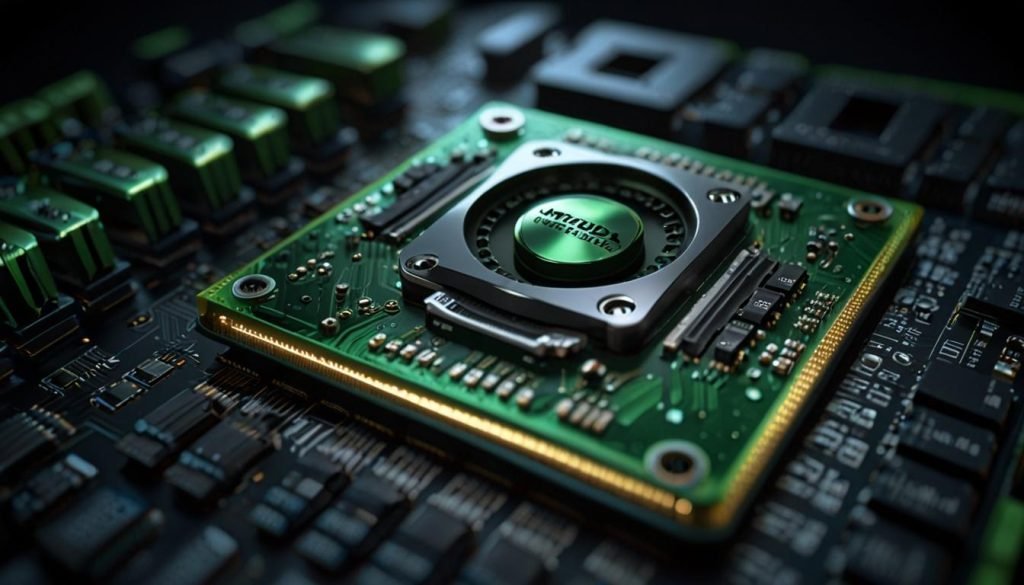NVIDIA’s NeMo platform experiences a tenfold increase in ASR model inference speed through advanced optimisations, redefining performance and cost-efficiency in speech processing.
NVIDIA Unveils Major Speed Enhancements for ASR Models
NVIDIA’s NeMo platform has taken a significant leap forward with key optimizations that boost the inference speed of its automatic speech recognition (ASR) models by an impressive 10 times. The advancements, pivotal to maintaining NeMo’s standing at the forefront of ASR technology, address performance bottlenecks through sophisticated engineering innovations.
Enhancements Fueling the Speed Upgrade
The leaps in speed are attributed to multiple enhancements introduced in NeMo version 2.0.0. Notably, the platform now employs autocasting tensors to bfloat16, utilizing the label-looping algorithm, and integrating CUDA Graphs, a unique suite of algorithms designed to improve computational efficiency. Collectively, these optimizations offer a highly cost-efficient alternative to traditional CPU-based processing.
Addressing Performance Bottlenecks
Historically, the performance of NVIDIA’s NeMo ASR models has been throttled by several bottlenecks. These included casting overheads, low compute intensity, and issues arising from divergence in prediction networks. In response, NVIDIA has methodically tackled these impediments with targeted interventions:
-
Casting Overheads: Frequent cache clearing, autocast behaviour, and parameter handling were the primary culprits behind casting inefficiencies. By adopting full half-precision inference, NVIDIA has eradicated these overheads while preserving the accuracy of the models.
-
Batch Processing Optimizations: The shift from sequential to fully-batched processing for operations such as CTC greedy decoding and feature normalization has enhanced throughput by 10%, delivering an overall speed improvement of 20%.
-
Addressing Low Compute Intensity: Traditionally, RNN-T and TDT models were deemed unsuitable for server-side GPU inference due to their autoregressive prediction and joint networks. The clever inclusion of CUDA Graphs conditional nodes has now eliminated kernel launch overheads, boosting computational performance significantly.
-
Divergence in Prediction Networks: The vanilla greedy search algorithms used in batched inference for RNN-T and TDT models often faced divergence issues. NVIDIA’s innovative label-looping algorithm swaps the roles of nested loops, facilitating faster decoding and fewer interruptions.
Economic and Performance Gains
The integration of these enhancements has also translated into notable economic benefits. Introducing the example of transcribing one million hours of speech using the NVIDIA Parakeet RNN-T 1.1B model on AWS instances, the costs when using CPU-based transcription stood at $11,410. In contrast, GPU-based transcription drastically slashed the expenses to $2,499, offering approximately 4.5 times cost savings.
Moreover, the optimizations for smaller models have brought the transducer models’ inverse real-time factor (RTFx) closer to that of the more efficient CTC models, heralding both speed and cost advantages.
Future Developments
NVIDIA’s commitment to continual improvement sees further optimizations in the pipeline. Models such as Canary 1B and Whisper are being refined to diminish the operational costs of running attention-encoder-decoder and speech Large Language Model-based ASR processes. Integration efforts are underway for CUDA Graphs conditional nodes with compiler frameworks like TorchInductor, expected to drive additional GPU speedups and efficiency.
NVIDIA’s enduring innovation in ASR models underscores its role in shaping the future of speech recognition technology, offering promising developments for industries reliant on rapid, efficient, and cost-effective speech processing solutions.
Source: Noah Wire Services
















